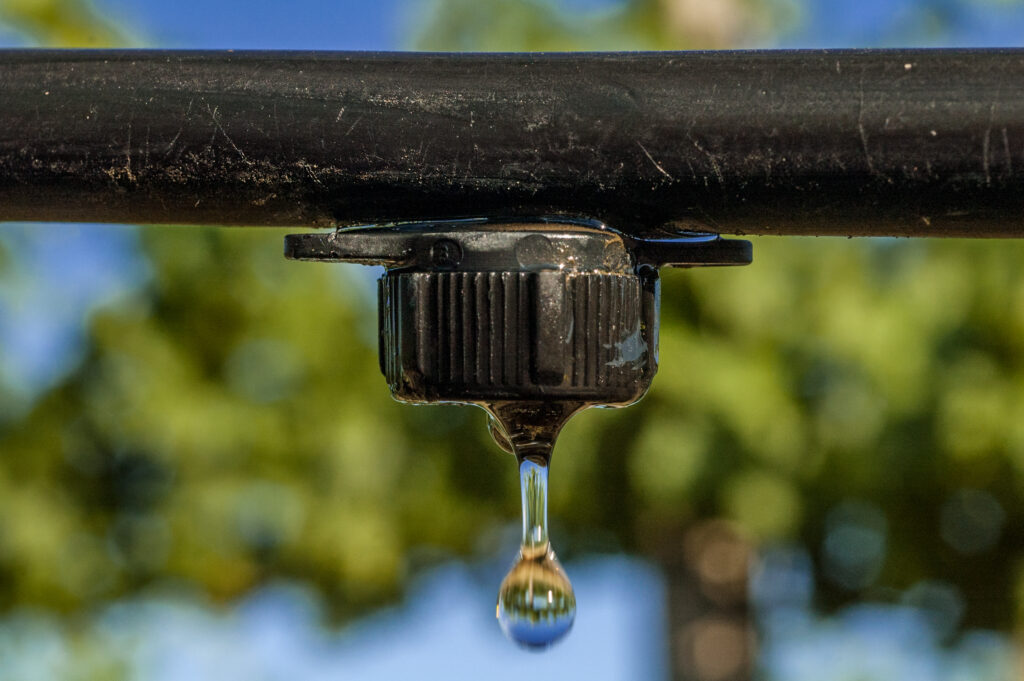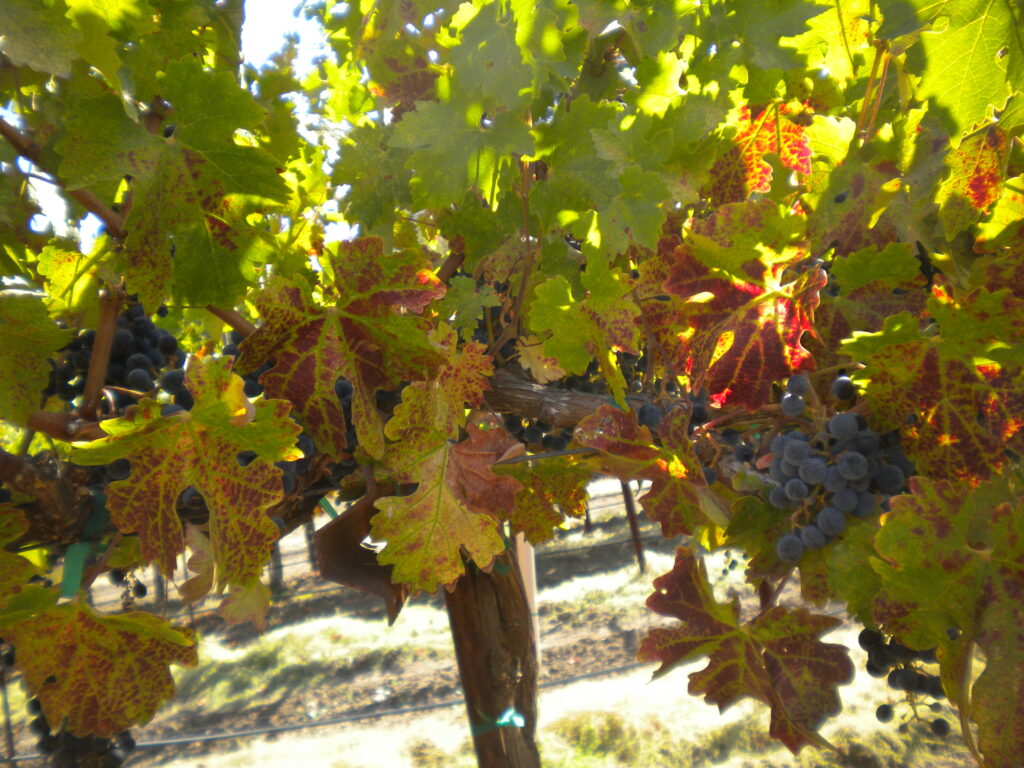
By: Brad Berkman and Louis Terminello, Greenspoon Marder
Direct to consumer (“DTC”) sales of wine and other beverage alcohol from out of state shippers is presumably here to stay, at least from the perspective of retail shippers. The Granholm decisions, as most readers are familiar with, burst open the door to DTC sales by suppliers and in particular winemakers. Wineries, with and without distribution in the various states, took advantage of the new opportunity and began shipping direct to consumers outside the sacrosanct three tier system. In addition to winemakers, other business types began to sell their beverage alcohol wares in interstate commerce, directly to consumers in states other than their home markets. Retailers, in particular, have grown substantial sales revenue streams from selling to consumers outside of their home markets via the internet. Of course, third party e-commerce platforms have turned the three-tier system and interstate sales on its head through highly creative and not always beverage law compliant sales strategies often at the disdain of state regulators. Recently, some states have turned to legislation passed in October of 2000 to bring enforcement actions against out-of-state entities that seemingly violate their laws on the importation and shipment of beverage alcohol across their borders. The purpose of this article is to introduce the reader to this twenty-three-year-old piece of legislation known as the 21st Amendment Enforcement Act, some of its key provisions and its recent use by certain states.
The Act-What is it?
The 21st Amendment Enforcement Act, (the “Act”), became law in 2000 and effectively amended the Webb Kenyon Act of 1913. The act allows for states attorneys general to bring civil actions in federal court against parties that import or transport beverage alcohol into a state in violation of the Act and the states laws. Certain provisions of the law are printed below that are worth looking at, however, it is not necessary to reprint the full Act to understand its effect and implications, In a nutshell, the Act permits a state’s attorney general, to move for an injunction against the offending party to force cessation of the activity complained of that is in violation of a state’s beverage law. It is worth noting that relief in federal court takes the form of injunctive relief. The Act, as drafted, does not allow for states to bring actions, or impose monetary fines for violations brought under it. Further, nothing in the Act prevents states from bringing actions in state courts for violations of its beverage laws.
Certain Provisions of the Act Are:
SEC. 2004. TWENTY-FIRST AMENDMENT ENFORCEMENT.
(a) SHIPMENT OF INTOXICATING LIQUOR IN VIOLATION OF STATE LAW.—The Act entitled ‘‘An Act divesting intoxicating liquors of their interstate character in certain cases”, approved March 1, 1913 (commonly known as the ‘‘Webb-Kenyon Act”) (27 U.S.C. 122) is amended by adding at the end the following:
SEC. 2. INJUNCTIVE RELIEF IN FEDERAL DISTRICT COURT.
(a) DEFINITIONS.—In this section
(1) the term ‘attorney general’ means the attorney general or other chief law enforcement officer of a State or the designee thereof;
(2) the term ‘intoxicating liquor’ means any spirituous, vinous, malted, fermented, or other intoxicating liquor of any kind;
(3) the term ‘person’ means any individual and any partnership, corporation, company, firm, society, association, joint stock company, trust, or other entity capable of holding a legal or beneficial interest in property, but does not include a State or agency thereof; and
(4) the term ‘State’ means any State of the United States, the District of Columbia, the Commonwealth of Puerto Rico, or any territory or possession of the United States.
(b) ACTION BY STATE ATTORNEY GENERAL.—If the attorney general has reasonable cause to believe that a person is engaged in, or has engaged in, any act that would constitute a violation of a State law regulating the importation or transportation of any intoxicating liquor, the attorney general may bring a civil action in accordance with this section for injunctive relief (including a preliminary or permanent injunction) against the person, as the attorney general determines to be necessary to—
(1) restrain the person from engaging, or continuing to engage, in the violation; and
(2) enforce compliance with the State law.
(c) FEDERAL JURISDICTION.
(1) IN GENERAL.—The district courts of the United States shall have jurisdiction over any action brought under this section by an attorney general against any person, except one licensed or otherwise authorized to produce, sell, or store intoxicating liquor in such State.
(2) VENUE.—An action under this section may be brought only in accordance with section 1391 of title 28, United States Code, or in the district in which the recipient of the intoxicating liquor resides or is found.
(3) FORM OF RELIEF.—An action under this section is limited to actions seeking injunctive relief (a preliminary and/ or permanent injunction).
(4) NO RIGHT TO JURY TRIAL.—An action under this section shall be tried before the court.
(d) REQUIREMENTS FOR INJUNCTIONS AND ORDERS.
(1) IN GENERAL.—In any action brought under this section, upon a proper showing by the attorney general of the State, the court may issue a preliminary or permanent injunction to restrain a violation of this section. A proper showing under this paragraph shall require that a State prove by a preponderance of the evidence that a violation of State law as described in subsection (b) has taken place or is taking place.
Over the past few years some states have brought actions under the Act aimed at perceived violators. It is indeed worth taking note of these actions and to bring them to the attention of readers who may be sending alcohol beverage products into these states. Emphasis should be added that states have not often relied on the Act to enforce its laws against allegedly illegal transport and shipment of beverage alcohol but we are likely to see more actions by states brought under it.
Tennessee and Ohio
This past July, Tennessee’s Attorney General brought an action for an injunction in federal court against six out of state retailers. These retailers were shipping distilled spirits, not wine, to Tennessee consumers in violation of that state’s beverage laws. It should be noted that those sued were out-of-state internet retailers, that allegedly sold distilled spirits without a license and were untaxed by the state. The retailers included Bottle Buzz, Cask Cartel, and others.
Ohio
Ohio was the first state to make use of the Act. Its Attorney General filed a complaint and motion for a preliminary injunction in federal court in the Southern District of Ohio against several out-of-state retailers including Wine.com and Ace Spirits. The attorney general argued that the illegal shipment by out of state retailers takes business aways from licensed Ohio retailers and the alcoholic beverage were not properly taxed. Though, as noted above, the Act did not include monetary fines, the action against Ace Spirits ended with a consent order that called for financial penalties of $150.00 per violation should the activity complained of continue.
As noted, the 21st Amendment Enforcement Act has not been often used. It is clear that the Act provides an additional tool for the states to use to enforce its beverage laws. Retailers that engage in interstate sales to consumers should carefully review state laws prior to shipping to remain in compliance. This caveat holds true for e-commerce sellers of alcohol that act under an agent for consumer model. E-commerce sales of alcohol have led to creative routes to market for brand owners as well. As we move forward, state laws may indeed carve out certain exceptions from their legislative floors. For the time being, state and federal courts will remain the arbiter of disputes of this sort. Consumer demands and technology are changing the face of alcohol sales. Until exceptions are carved out at the state level, retailers are well advised to remain in compliance with the beverage laws of receiving states shipping laws.










